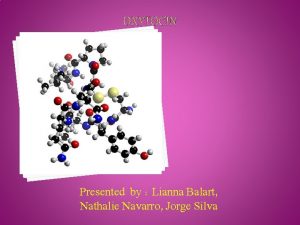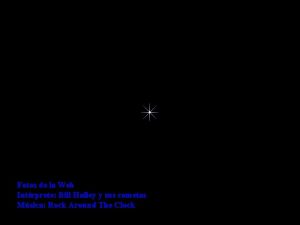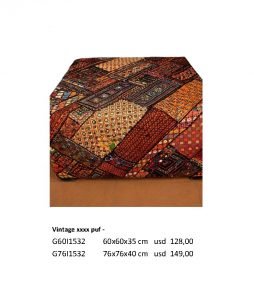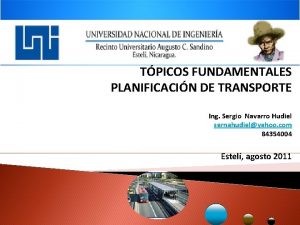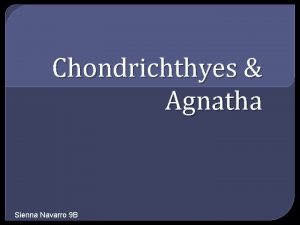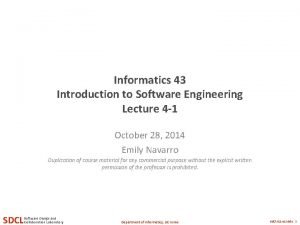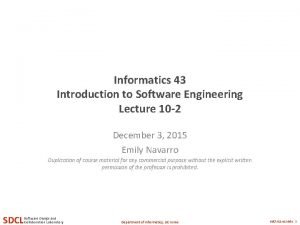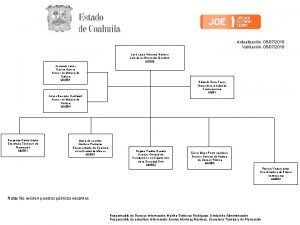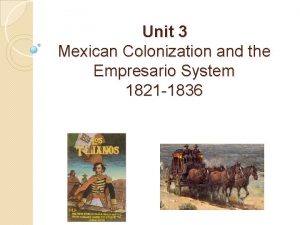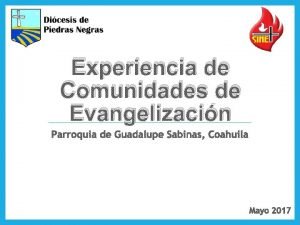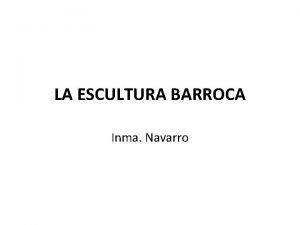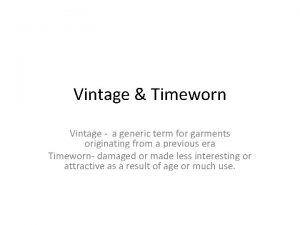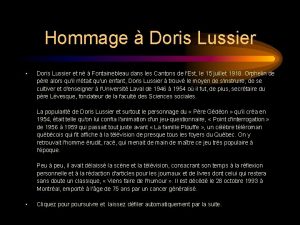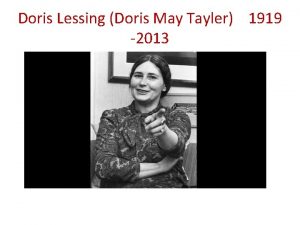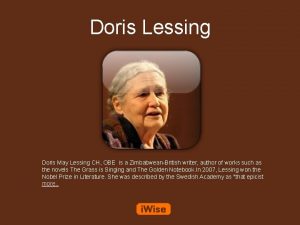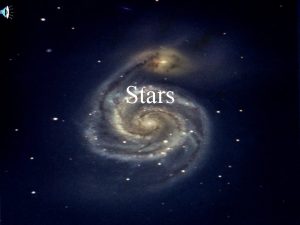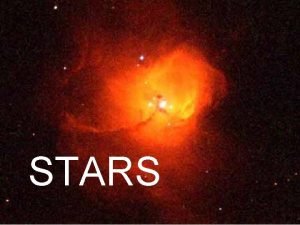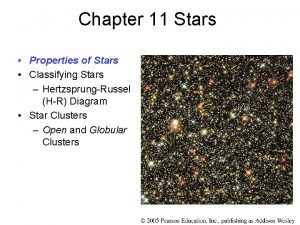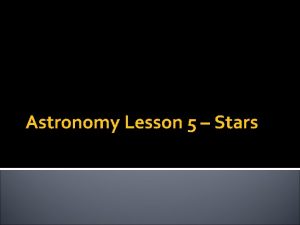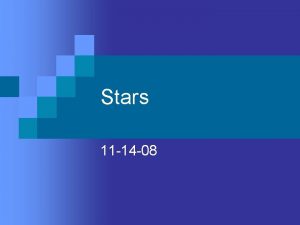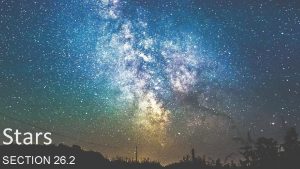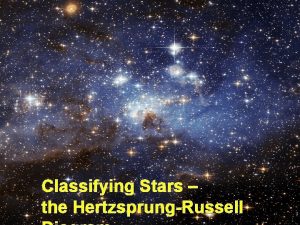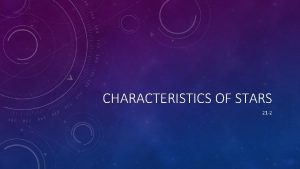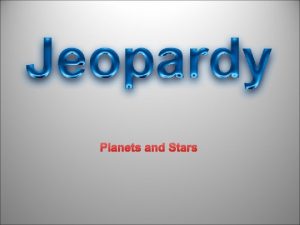Vintage Stars Doris Michue Edgar Navarro Lucy Rodriguez
























- Slides: 24

Vintage Stars Doris Michue, Edgar Navarro, Lucy Rodriguez, Tony Trieu What is a Globular Cluster?

Types of Telescopes Credited to Kathy Cooksey

Sensitivity • Telescope size doubled from left to right. Credited to Astrometry

The 40” Nickel Telescope At Lick observatory outside San Jose. We however observed remotely. Elinor Gates helped us observe.

We took pictures with three different filters because CCD are color blind so we make them see color by using as filter. We took a long exposure to see faint stars and short exposure so we wouldn’t over saturate the picture.

CCDs Very important in the field of astronomy. Used to collect light in a field array of pixels. CCDs are not perfect: 1. Cosmic rays 2. Hot pixels 3. Saturation 4. Low Charge Transfer Efficiency (CTE) 5. Read noise 6. Bias 7. Dead Pixel 8. Variable Quantum Efficiency (QE) 9. Dust Donuts http: //www. watch. impress. co. jp/av/docs/20030729/ccd. jpg http: //www. 1394 imaging. com/img/cameras/ccd. en. gif

Data Reduction Two main elements to reducing data from raw images: 1. Using Biases to remove charge permanently stuck in CCD 2. Using Flat Fields to clean up dust donuts Bias Image Elinor Gates, Lick Observatory; 40” Nickel Telescope Turns this. . . …into this! Flat Field Elinor Gates, Lick Observatory; 40” Nickel Telescope Elinor Gates, Edgar Navarro; Lick Observatory; 40” Nickel Telescope Edgar Navarro

Picking and Choosing We have a big pile of stars, now what? • Picking PSF (Point Spread Function Stars) • Defining what a star looks like • Determine brightness and color of each star Edgar Navarro Image prior to photometry Why are these two different? Edgar Navarro Image after photometry Edgar Navarro

Low Mass Stars • Range from eight hundredths to eight times the mass of the sun • Stay on main sequence for billions of years • Fuse hydrogen for most of star’s life http: //imagine. gsfc. nasa. gov/docs/teachers/lessons/xray_spectra/images/life_cycles. jpg


Death of Low Mass Stars Helium fusion ceases

Poof!

http: //universe-review. ca/I 08 -09 -planetarynebula 2. jpg


Color Magnitude Diagrams • Plots the magnitude and color of stars in our cluster. • All stars plotted are Red Giants and Helium Burning stars.

Isochrones § Generated by a computer which creates a simulation of the aging of stars of different masses. § A freeze frame CMD (color magnitude diagram) of a group of stars with the same age. § Can be used to determine the age and distance of a star cluster. Credited to: Scott Seagroves

Finding Age

Finding Distance By using this equation: d = 10 0. 2 (m - M+ 5+ Ar) We can find the distance to our cluster. d= distance [in parsecs] M=absolute magnitude [the actual brightness] m=apparent [how bright the star appears to us] Ar=Extinction [amount of dust in-between us and our cluster]

Globular Cluster M 13 13 Gyr 26, 500 Lyr (About the age of our universe. )

Globular Cluster M 12 CMD Age: ~11 Gyrs old (11 billion) Distance: 5, 000 parsecs (equivalent to 16, 300 light years)

M 5 Edgar Navarro Isochrone fitted on top of a CMD (Color. Magnitude Diagram) diagram Distance: ~11, 000 pc = ~35, 860 ly This distance is about 2. 7 million billion times the diameter of the earth. 3 Color image of M 5 Globular Cluster Age: ~ 15 Billion years old

M 92 Distance: 31700, LY Age: 17 Gyr

Summary • Globular Clusters + Telescopes • CCDs + Data Reduction • Stellar Evolution of Low Mass Stars • Isochrones and CMD Diagrams • Individual Galaxies

Acknowledgements University of California Observatories - Lick Observatories, Elinor Gates The Cf. AO Kathy, John and Gene Emily and Laura Cosmos Staff Vay and Daisy … And thanks to all the stars …
 Sofia lianna leak
Sofia lianna leak Endomort
Endomort Vintage oil
Vintage oil My little vintage
My little vintage Vintage
Vintage Xxxx vintage
Xxxx vintage There are millions of stars in space
There are millions of stars in space Sergio navarro hudiel
Sergio navarro hudiel Agnatha
Agnatha Emily navarro uci
Emily navarro uci Diana navarro padre nuestro
Diana navarro padre nuestro Ander navarro
Ander navarro Emilio eusebio
Emilio eusebio Emily navarro uci
Emily navarro uci Lauro villarreal navarro
Lauro villarreal navarro Características de la escultura romana
Características de la escultura romana Naomi navarro
Naomi navarro Tanya navarro
Tanya navarro Navarro's towing monterey park
Navarro's towing monterey park The mexican empresario system contributed to
The mexican empresario system contributed to Parroquia de guadalupe sabinas coahuila
Parroquia de guadalupe sabinas coahuila Inma navarro
Inma navarro Roy navarro
Roy navarro Literalne
Literalne Ninfa de doris hija la más bella
Ninfa de doris hija la más bella
